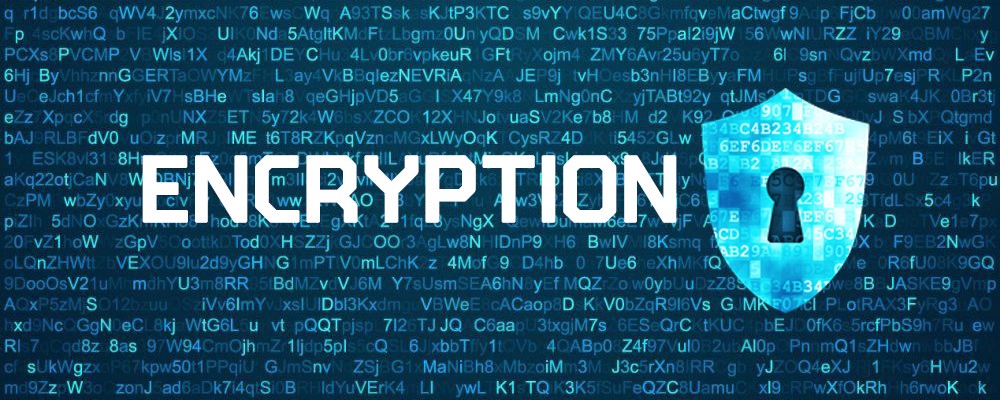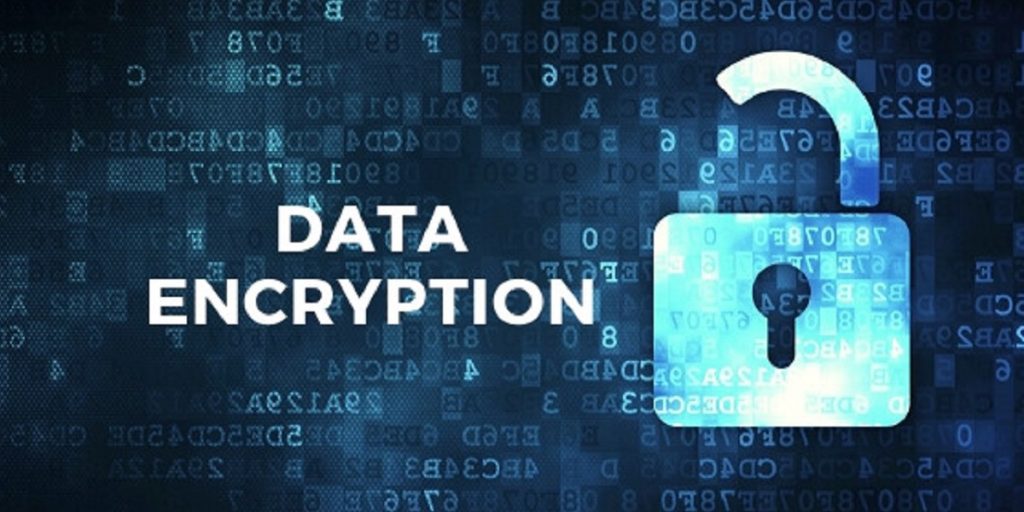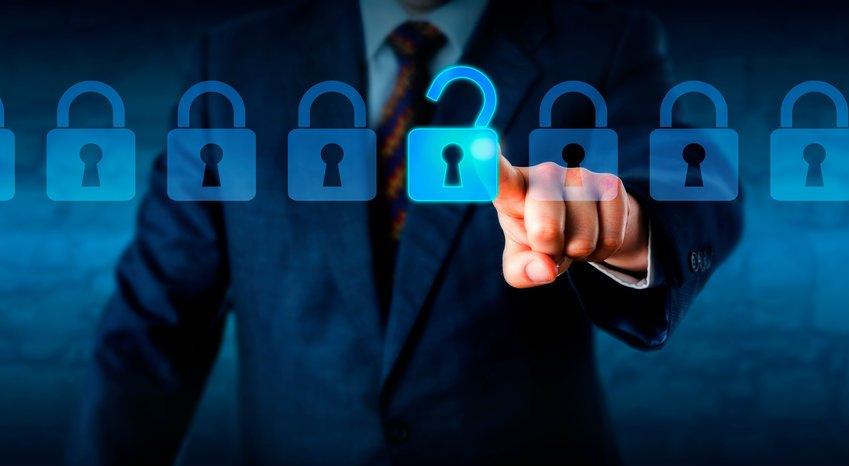Ever-rising cyber thefts make it imperative to properly secure any data transmitted over the Internet or stored on digital devices for later use. Recently encryption and tokenization are the most used methods that met all the regulatory requirements accepted by GLBA, PCI DSS, ITAR, HIPAA-HITECH, and the EU GDPR to secure confidential information whenever there’s a need to transmit such on the Internet.
Is Tokenization the Same as Encryption?
Interestingly, tokenization and encryption are not the same; though they are dynamic data securing technologies, they are not interchangeable. The technological makeup of each obfuscation technology has its strengths and weaknesses. Various situations at hand could dictate the one that should be the best choice—however, both encryption and tokenization secure the end-to-end process in a transaction such as electronic payment.

What is Encryption?
Encryption is the process of transforming plain text information into a non-readable form – ciphertext- with the use of an algorithm. Only an authorized person equipped with the right algorithm and an encryption key can decrypt the information and return it to its original plain text format. Millions of people harness their gadgets’ encryption capabilities to encrypt data on such gadgets to protect confidential data against the accidental loss to the wrong person in case of device theft. Encryption also protects individuals against cyber theft of vital organizational documents.
The Types of Encryption
There are two types of data encryption: symmetric key and asymmetric key. Symmetric key encryption can be likened to the conventional post office box where one key is required to either lock or open the box. The symmetric key encryption is designed to use one key, which can encrypt and decrypt the data therein. As such, once the key is compromised, every data therein can be easily decrypted or encrypt with one single key. Subsequently, as the symmetric key encryption efficacy diminished, the need for a more reliable option of encryption became necessary. Asymmetric key encryption was developed to make up for the flaws of symmetric key encryption.
Asymmetric key encryption implores a more advanced encryption method, such that both the encryption and decryption processes have two distinct keys, respectively. The encryption key can be called a “public key” since it can be distributed or shared between clients even before any payment is made in the course of a transaction. However, the second key- the decryption key- is kept private and only released after a confirmed payment has been made. This type of encryption is also used as a means of identity validation on the Internet using SSL certificates.
As a way of mitigating against having compromised encryption, the encryption key is routinely rotated as a proactive measure, which means if one key is compromised, only data encrypted with such key will be at risk.
Challenges With Encryption

The major downside of encryption is that it affects the sorting process of data encrypted in the application and disturbs application functionality. Since encrypted data are in ciphertext format, which is structurally different from the original data, field validation may be broken if the application requires some certain formats that are not integrated. Methods like format-preserving, new order-preserving, and searchable encryption schemes are used to achieve end user-friendly data with optimized application functionality.
What is Vaulted Tokenization?

Vaulted Tokenization is the process of intentionally converting sensitive data into a collection of characters called a token that has no conspicuous value or meaning. Since these tokens are not mathematically derived from the original data, they cannot be used as clues to the encoding values. The relationship between the raw value and the token is stored in a token vault database. The token can serve as a passcode that is to be tendered to retrieve the original data. This is applicable in financial transaction processing. The token submitted fetches data with the corresponding token value from the cloud token vault, translating into a hitch-free transaction.
Benefits of Data Tokenization
A data tokenization solution (like the Rixon Technology Solution)does not use a vault nor does the solution store raw data or tokens on behalf of an organization at any time. This means that data cannot be accessed through the service, even by the data company. Instead, raw data is converted (but not stored) through the cloud-based service to smart tokens that are customized based on the organization’s unique security posture and risk tolerance.
Under this solution, sensitive raw data is substituted with smart tokens that are stored on the organization’s own systems. Access to the tokenization or de-tokenization cloud-based process is through a multi-factor data access feature that is unique to Rixon Technology. Thus, an organization is able to: maintain full control of the tokenization and de-tokenization of its raw data, replace sensitive raw data on its enterprise with smart tokens, and globally access the Rixon Technology cloud-based solution on a 24/7/365 basis.
6 Benefits of the Rixon Technology Solution.

- Vaultless Service: The Rixon Technology solution does not store raw data or tokens. Moreover, the Rixon Technology solution does not and cannot access an organization’s raw data.
- Format Preserving: The Rixon Technology solution can be implemented without the need to change the applications or databases within the organization. The tokens inherit the characteristics of the raw data (e.g. numerical).
- Smart Tokens: The Rixon Technology solution permits an end-user to configure the tokenization and de- tokenization of its raw data to meet the specific data protection needs of the organization. The tokenization process is controlled by the organization by customizing the token to be applied to its raw data, define of the policies (rules) to be applied to the tokens, and defining the proxy (network access) required to access the tokenization service.
- Unlimited Scalability: The Rixon Technology solution is capable of limitless scalability to match each organization’s tokenization and system resource demands. Whether large or small, the Rixon Technology solution will scale accordingly. In contrast, traditional tokenization services operate in an appliance-based (non-cloud) environment that is restricted by resource constraints that typically struggle to accommodate increasing data loads and speed. Rixon Technology provides high scalability that is well equipped to handle the increasing data workload of an organization.
- Microsecond Response Time: Rixon Technology offers industry-leading tokenization or de- tokenization process that limits system degradation. The sub-second average response time of the Rixon Technology solution is greater than 2.5 million tokens per second. As a result, the Rixon Technology solution can tokenize large data sets with trace latency. Moreover, the Rixon Technology solution has an industry-leading uptime of 99.9999% data durability.
24/7/365 Global Availability: Rixon Technology is cloud-based. This feature provides organizations with additional benefits, such as elasticity and scalability. The broad network access of a cloud-based resource enables Rixon’s Tokenization Platform to offer higher performance and continuous data access from any location at any time in comparison to conventional tokenization services.
We offer vaultless tokenization solutions tailored to specific industries:
- Healthcare Tokenization Solutions
- Tokenization Solutions For Educational Institutions
- Ecommerce & Retail Tokenization Solutions
- Tokenization Solutions For Banks & Financial Institutions
- And More!
Book a demo with Rixon today and start your free trial.
*This article was originally published on January 25th, 2021 and was updated on August 31st, 2021.
